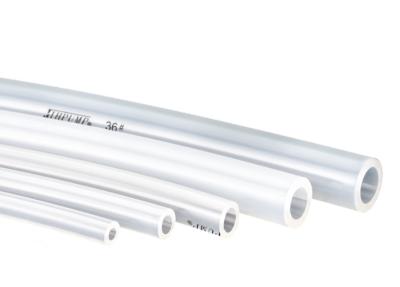Categories
Tags
-
#Peristaltic Pumps
#Micro Peristaltic Pump
#Peristaltic Pump Head
#Straight Tubeline Peristaltic Pumps
#Peristaltic Pump Tube
#Peristaltic Pump
#Cummins Engine
#Silicone Tube for Peristaltic Pump
#Why Multichannel Peristaltic Pumps Are Essential for Laboratory Automation
#Technologies For Jewelry
#Silicone Tubing Peristaltic Pumps
#OEM Peristaltic Pumps
#Silicone Tube for Your Peristaltic Pump
#Handheld Sampling Pump
#The Benefits of Using Peristaltic Pumps in Food and Beverage Applications
#Medical Grade Silicone Tubing
#Large Peristaltic Pumps
#Cummins Engine Cylinder Head
#Industrial Peristaltic Pump
#Low Flow Peristaltic Pumps
#Peristaltic Pump Motor
#Industrial Peristaltic Pumps
#Peristaltic Pumps in Industrial Washing
Archives
Silicone Tube for Peristaltic Pump: Why It’s the Preferred Choi
-
Silicone Tube for Peristaltic Pump: Why It’s the Preferred Choice
When it comes to peristaltic pumps, the tubing is one of the most critical components. Among the various tubing materials available, the silicone tube stands out as a popular and versatile option. Known for its flexibility, chemical resistance, and biocompatibility, silicone tubing is widely used in medical, laboratory, food processing, and industrial applications.
What Is a Silicone Tube for Peristaltic Pump?
A silicone tube for peristaltic pump is a specially designed flexible tube made from high-purity silicone rubber. It is engineered to withstand repeated compression and release by the pump rollers without losing shape or function. Because the fluid in a peristaltic pump only contacts the inner surface of the tube, the material of the tubing plays a key role in fluid compatibility, safety, and performance.
Key Advantages of Silicone Tubing
Excellent Flexibility and Resilience
Silicone tubes maintain their shape after thousands of compression cycles, ensuring long-term use in peristaltic pumps.Wide Temperature Resistance
Suitable for temperatures ranging from -50°C to +200°C, silicone tubing works reliably in both hot and cold environments.Chemical Compatibility
Resistant to water-based fluids, mild acids, and many alkalis, silicone tubes can handle a wide range of chemicals in lab and industrial settings.Biocompatibility
Medical-grade silicone tubing is non-toxic and FDA-approved, making it ideal for use in healthcare, pharmaceuticals, and food applications.Odorless and Tasteless
Perfect for food and beverage dispensing, ensuring the purity of the fluid being transferred.Easy to Sterilize
Can be autoclaved, UV-sterilized, or chemically cleaned without degrading.Common Applications
l Medical and Pharmaceutical: IV delivery systems, dialysis machines, and sterile fluid transfer
l Food and Beverage: Flavor dispensing, beverage transfer, and dairy processing
l Laboratory: Reagent dosing, sampling, and waste handling
l Industrial: Chemical dosing, ink transfer, and adhesive pumping
Choosing the Right Silicone Tube
When selecting a silicone tube for your peristaltic pump, consider the following factors:
l Inner and outer diameter (must match the pump head specification)
l Wall thickness (affects flexibility and durability)
l Material grade (standard, food-grade, or medical-grade)
l Pump compatibility (verify with pump manufacturer)
Conclusion
The silicone tube for peristaltic pump is a crucial component that ensures accurate, clean, and reliable fluid delivery. Its flexibility, safety, and durability make it the go-to tubing choice for a wide range of applications. Whether you're in a lab, a hospital, a food production facility, or an industrial plant, using high-quality silicone tubing will help you get the most out of your peristaltic pump system.
